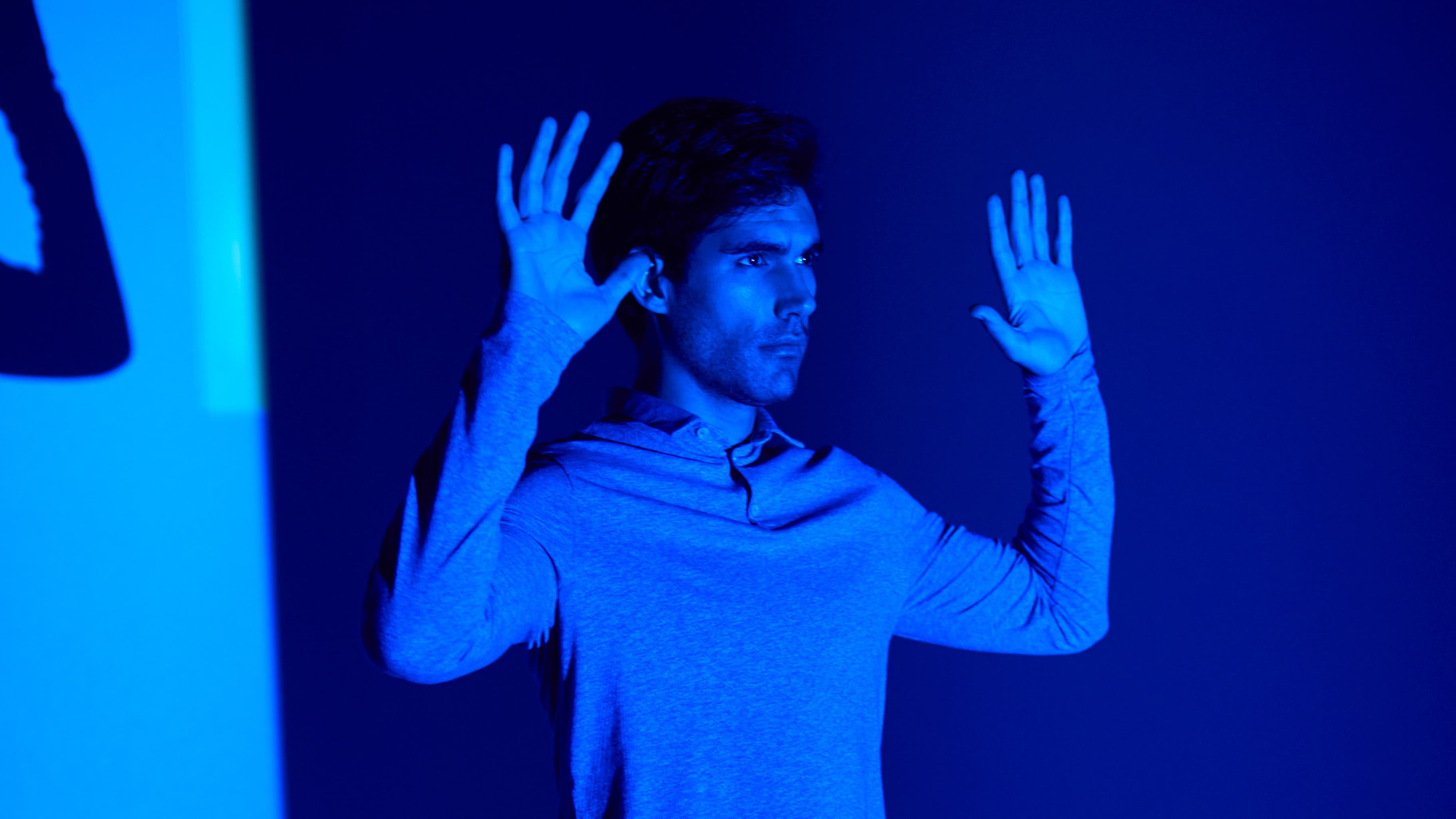
UVC lighting solutions are one of the effective ways to disinfect the air, water, and surfaces efficiently. In the wake of COVID-19, many enterprises have been forced to closure because of the drastic changes in livelihood. And businesses have finally realized how vulnerable their establishments are to disease outbreaks.
Further, a journal published in Science estimates there are more than 1.7 million unknown viruses in the world, and it is unpredictable when and how another strain of viruses will overturn business operations. In this blog, we have rounded up everything you need to about UVC lighting solutions and their disinfection applications.
What is Ultraviolet (UV)?
Ultraviolet light is electromagnetic radiation of wavelengths shorter than visible light, ranging from 100nm to 400nm. Amounting to only 10% of the total electromagnetic radiation from the sun, UV rays are what is responsible for tanning and sunburns. Although UV light was first discovered in 1801, its potential was realized only a decade ago. UV lighting is divided into three categories according to its characteristics: UVA, UVB, and UVC.
Types of UV lighting
UVA light
UVA ranges from 315-400nm and because of the longer wavelength, reaches the earth, penetrating the ozone layer. UVA can penetrate the skin and its overexposure can cause premature aging of skin and skin cancer.
UVB light
UVB ranges from 280-315nm and its exposure prompts the production of vitamin D. This, however, depends on several factors such as diet, skin color, clothing, etc. Since UVB rays can penetrate the outer layers of your skin, overexposure can cause tanning, skin burns, and blistering in severe cases.
UVC light
Ultraviolet-C (UVC) lighting ranges from 100-280nm and is the most beneficial of all the categories of UV lighting. UVC lighting is filtered by the ozone layer and is hard to get exposed directly from the sun. However, we can make use of artificial UVC lighting to protect ourselves from harmful microbes. UVC irradiation on microbes destroys their nucleic acids and disrupts their DNA, hindering them from performing vital cellular functions. UVC lighting also disables their ability to reproduce and thus effectively neutralizes them. Though lethal for microbes, the shorter wavelength of UVC lighting cannot penetrate the human skin, making it safe for incorporation.
It’s been clinically proven that some microbes have evolved to resist drugs administered to destroy them. UVC light sterilizers also overcome this shortcoming and destroy all microbes with calculated dosages of exposure.
Effective disinfection intensity of UVC lighting
The UV intensity required for the disinfection varies according to the application and the type of microbe. For instance,
SARS-CoV-2, commonly known as coronavirus deactivation can be achieved at 10-20 mJ/cm2;
coliform bacteria, fecal bacteria, yeasts, and eelworms can be neutralized at 3-40 mJ/cm2;
many pathogenic fungi can be neutralized at 30-120 mJ/cm2;
and viruses such as cholera and cucumber virus can be neutralized at 60-260 mJ/cm2.
However, since the microbes are hidden in the environment, a dosage of 2000 to 8000 mJ/cm2 is administered, which is sufficient to achieve a 90% deactivation of all microbes and 99.9% on coronavirus.
UVC disinfection applications
UVC lighting air disinfection
With UVC lightings as a light source in closed rooms of minimum occupancy, the microbes can be neutralized effectively with ease. This, however, isn’t the case for large occupancy rooms such as conference rooms, halls, malls, and theaters. Large occupancy places require a ventilation system that channels the air into a UV-zone that disinfects the air before introducing them again into circulation. UVC lighting of high dosages can also be introduced in HVAC units to disinfect even in high air pressure.
UVC lighting water disinfection
UVC water disinfection systems’ applications range from disinfecting drinking water and household water use cases to cleaning swimming pools, large water tanks, and even ponds. The water to be disinfected is exposed to UVC lamps of custom dosages according to the volume to neutralize microbes. UVC lamps that can be attached to sinks are also available for household and industrial use cases.
UVC lighting surface disinfection
Direct exposure to UVC lamps disinfects the surfaces. However, this is complicated. Disinfecting empty surfaces is relatively simple; packed surfaces, on the other hand, have many shadows that leave an equal number of blind spots for the UVC lighting. So, coupling with the other disinfection methods such as sterilizing sprays works effectively.
Sirius is an autonomous AI atomizer disinfection robot that also has UV disinfection and body temperature measurement functions to help workspaces and commercial establishments disinfect effectively.
UVC: The future of safety
As a crucial component in business strategies to protect their buildings and workforce, the UVC lighting market is forecasted to grow from USD 144 million in 2019 and USD 308 million in 2020 to USD 2.5 billion in 2025 at a CAGR of 52.0% according to reports.
Partnering with Axenic-UV, mySupplier brings a slew of UVC lighting solutions for air, water, and surface disinfection. Our range of products includes UVC Germicidal lamps, UVC Mobile Sterilizers, UVC Light Sterilizers, UVC Bars, Intelligent UVC, and Microwave Ultraviolet Sterilizers that help prevent COVID-19 and other disease outbreaks.
We also provide Health & Safety solutions including early temperature detection systems, spray disinfection robots, induction air sterilizers, door frame thermal imaging devices, and IR glasses and tablets to help businesses protect their buildings and workforce.


